Ladybirds are usually considered a welcome sight in gardens, but they can be just as beneficial indoors, especially when it comes to protecting houseplants from aphids.
Aphids are the unwelcome guests that can quickly turn a thriving indoor garden into a battleground. Common culprits include my beloved bird of paradise, yucca, spider plants, alocasia, calathea, lilies, and ferns, all of which are susceptible to these sap-sucking pests.
While many experts advise removing ladybirds from the house, similar to removing slugs, to prevent them from becoming a nuisance, I’ve chosen a different path: I’m welcoming them in.
The case for keeping ladybirds indoors
Ladybirds are natural predators of aphids, making them invaluable allies in the fight against these pests. By allowing them to stay indoors, I provide a natural solution to aphid infestations without resorting to chemical pesticides, like this Aphid Killer Spray from Barretine available on Amazon.
This approach not only protects my plants but also supports a healthier indoor ecosystem.
Tessa Cobley, owner of Ladybird Plantcare, emphasises the benefits of having ladybirds around: “They are a fabulous insect to have around if you have aphids in the garden or even on houseplants.”
Cobley also suggests creating a suitable environment for ladybirds: “I usually advise buying a really good quality bug house (or making one) and rehoming the ladybirds there.”
In fact, Tessa Cobley even sells ladybirds for £20 to help plant lovers naturally manage aphid infestations.
Why some experts advise removing ladybirds
While ladybirds are beneficial for controlling aphids, some experts caution against allowing them indoors due to potential issues:
- Staining and odours: Ladybirds can leave behind yellow stains on surfaces like window sills and emit a distinctive odour when disturbed or crushed.
- Overwintering behaviour: They often seek shelter indoors during colder months, leading to aggregations that can be overwhelming for homeowners.
Sophie Thorogood, technical training manager at Pest-Stop, advises: “Ladybirds use a defensive behaviour called ‘reflex bleeding’ when threatened. This releases a yellowish body fluid, known as hemolymph, which smells unpleasant and can stain fabrics. If you squash them, this fluid will be released.”
Experts also note that ladybirds’ tendency to cluster indoors can be undesirable for some homeowners. While these concerns are valid, many plant enthusiasts, including myself, find that the benefits of natural aphid control outweigh the inconveniences.
How I’m encouraging ladybirds in my home
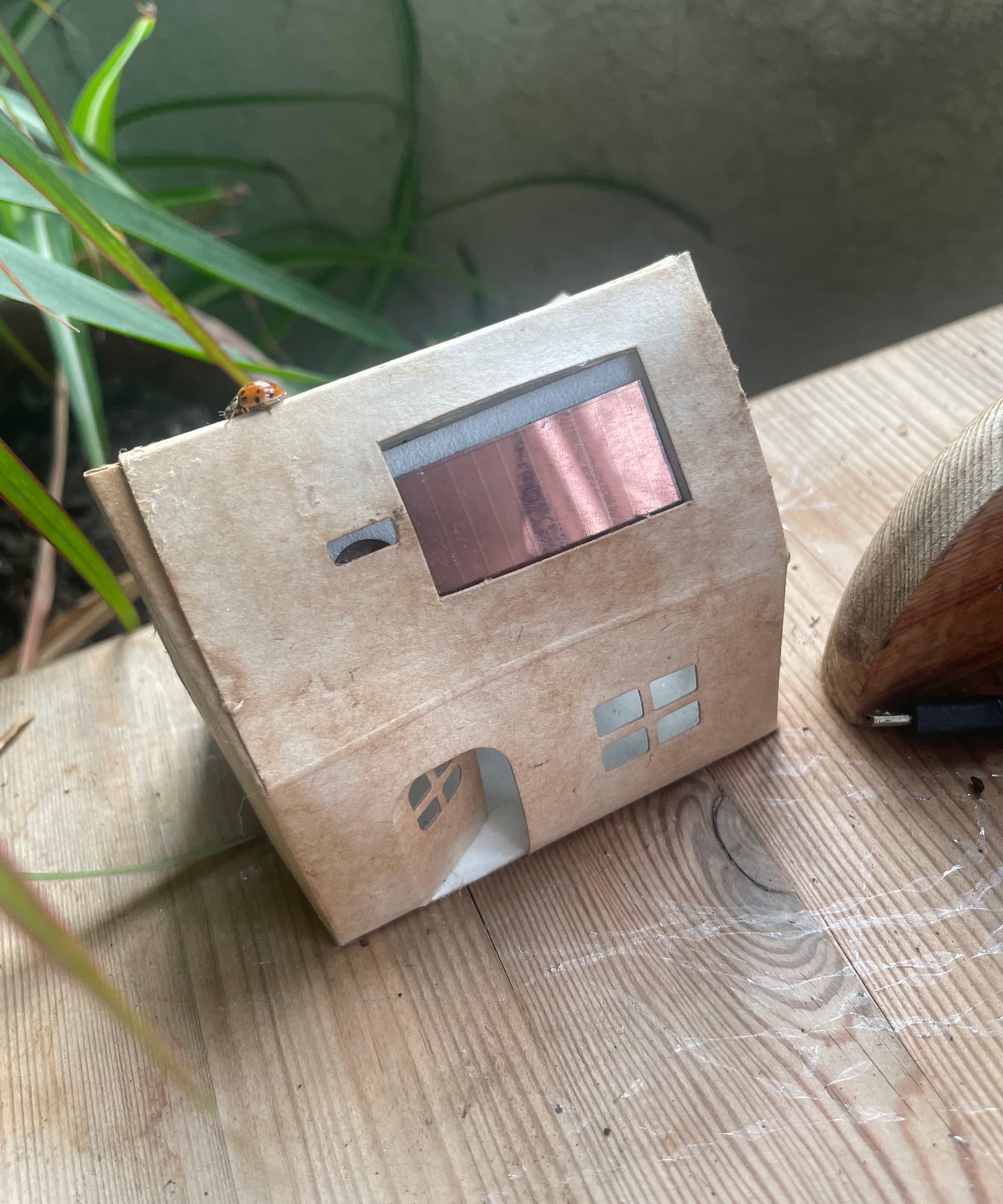
To support ladybirds indoors, I’ve taken several steps:
- Providing shelter: I’ve placed a high-quality bug house near my plants to offer ladybirds a safe haven.
- Avoiding pesticides: By refraining from using chemical pesticides, I ensure that ladybirds can thrive without harm.
- Creating a suitable environment: Maintaining proper humidity and temperature levels helps ladybirds remain active and effective in controlling aphids.
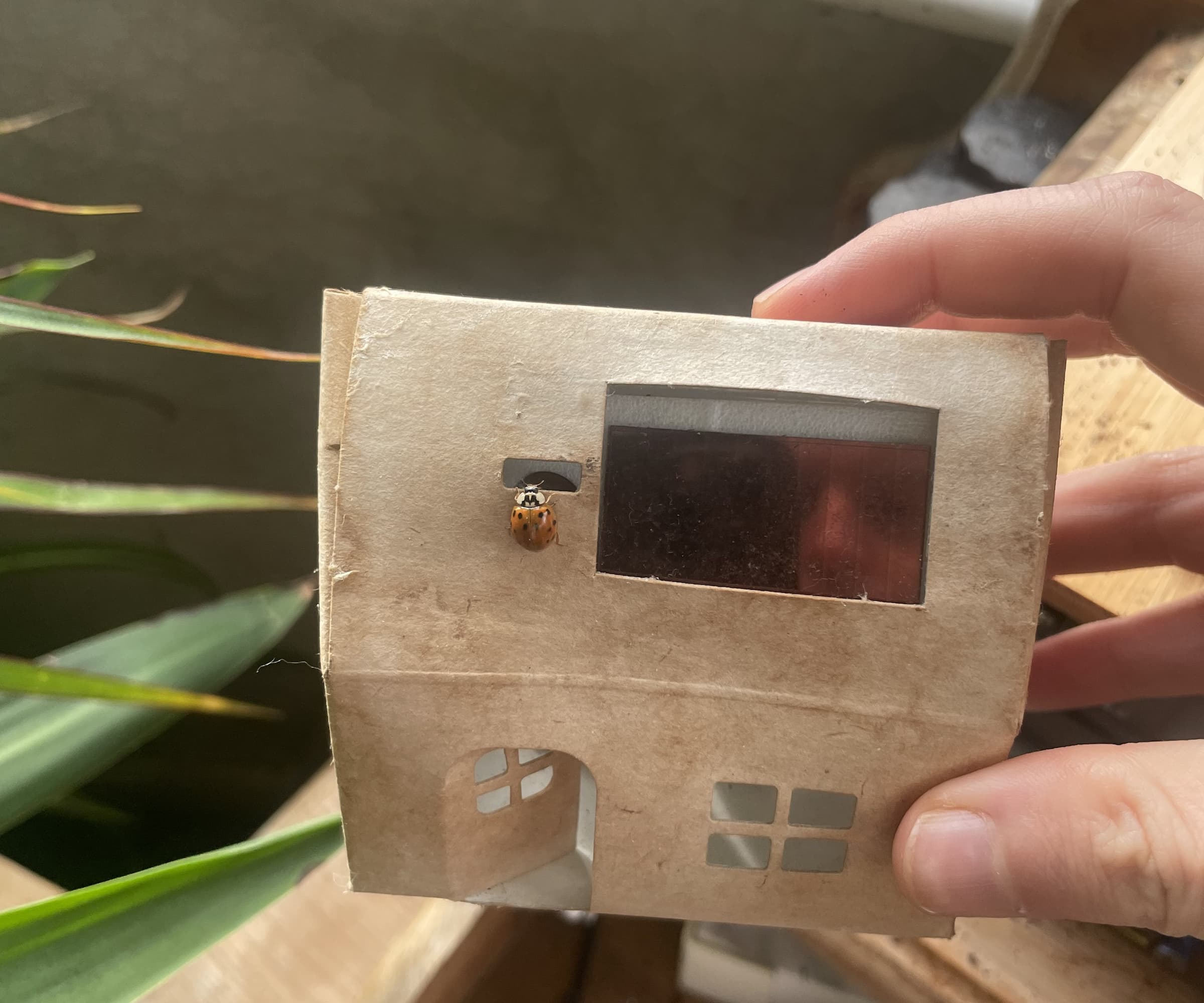
By taking these measures, I create a harmonious environment where ladybirds can continue their important work while coexisting with my indoor plants.
While expert advice often leans towards removing ladybirds from indoor spaces, I’ve chosen to embrace them as natural allies in the battle against aphids. By providing a supportive environment, I can enjoy the benefits of natural pest control while maintaining the health and beauty of my houseplants.
Ladybird houses
View the original article and our Inspiration here

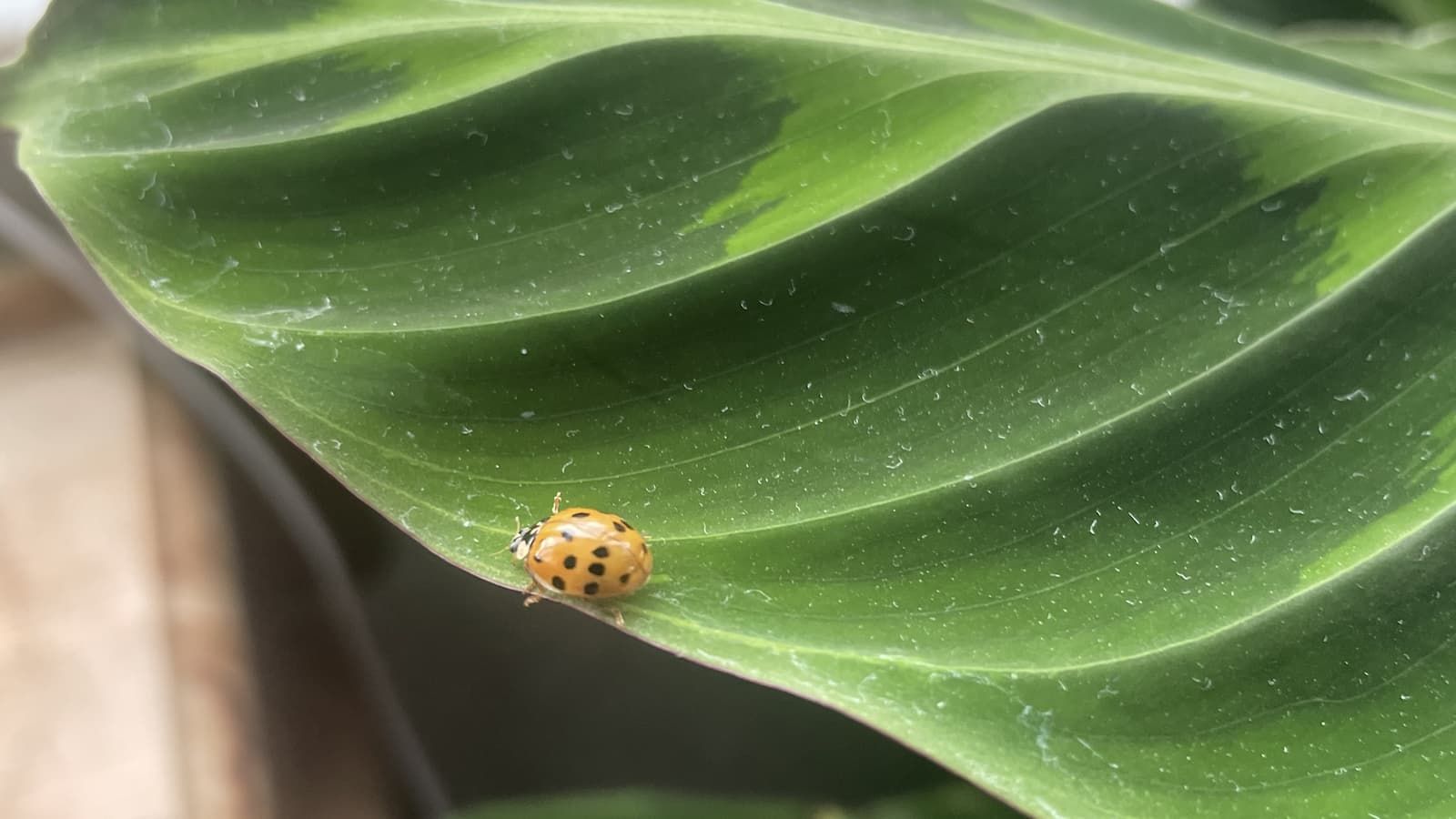
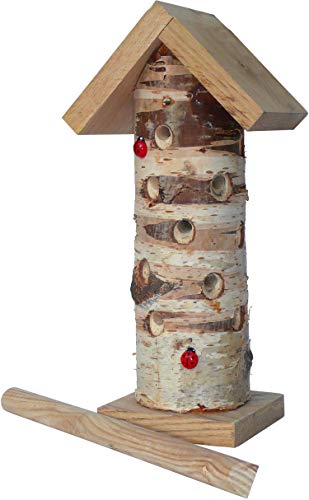
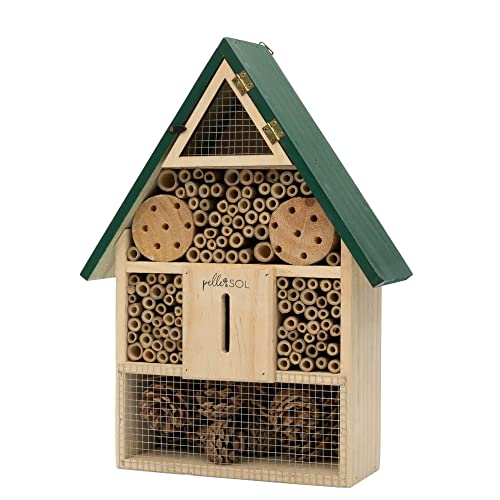
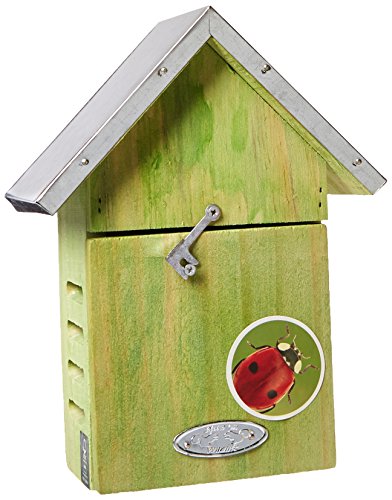
Leave a Reply